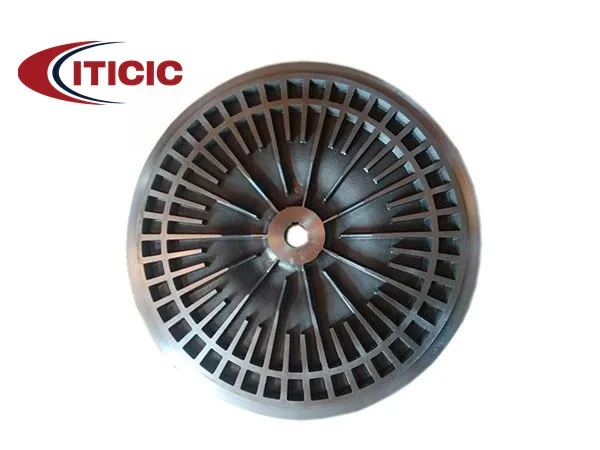
ADI is a high-performance material that bridges the gap between standard ductile iron and steel. Its unique combination of strength, ductility, wear resistance, and design flexibility makes it a valuable option for a wide range of demanding applications. Understanding its properties and benefits allows engineers to make informed decisions about material selection and component design.
Read MoreADI isn't just a single material; it's a family of ductile iron alloys that have undergone a specific heat treatment process called austempering. Think of it like hardening steel, but applied to ductile iron in a very controlled way.
Casting: Molten ductile iron is first cast into the desired shape. The iron must have the correct composition to respond well to austempering.
Austenitizing: The casting is heated to a temperature where the iron's crystal structure transforms to austenite (a specific high-temperature phase of iron).
Austempering: The casting is rapidly quenched (cooled quickly) into a salt bath held at a specific temperature between approximately 260°C (500°F) and 400°C (750°F). This temperature is held constant for a predetermined time, allowing the austenite to transform into a mixture of ausferrite (a unique acicular ferrite structure) and retained austenite. This transformation is key to ADI's properties.
Cooling: The casting is cooled to room temperature.
The resulting microstructure of ausferrite and retained austenite is what gives ADI its superior properties.
ADI's properties vary depending on the specific austempering temperature and time, allowing for a range of performance characteristics. Here are some key properties:
High Strength: ADI exhibits significantly higher tensile and yield strength than standard ductile iron. Tensile strengths can range from 850 MPa (123 ksi) to over 1600 MPa (232 ksi), depending on the grade. Yield strengths can similarly vary widely.
High Ductility: Despite its high strength, ADI retains good ductility. Elongation values can range from 1% to over 10%, again depending on the grade and austempering process. While lower than standard ductile iron in some cases, it's a significant improvement over many high-strength steels.
Excellent Wear Resistance: ADI is highly resistant to wear, particularly abrasive and adhesive wear. This makes it suitable for components subjected to sliding or rolling contact.
High Fatigue Strength: ADI has excellent fatigue strength, meaning it can withstand repeated loading cycles without failure.
Good Impact Resistance: ADI offers good impact resistance, making it suitable for applications where components may experience sudden shocks or impacts.
Machinability: ADI is machinable, although it is harder than standard ductile iron. The machinability depends on the specific grade and hardness.
Noise Damping: ADI has good noise and vibration damping characteristics, making it suitable for applications where noise reduction is important.
Density: ADI has a density similar to steel (around 7.1 g/cm³), which is lower than that of some other materials used in high-strength applications.
ADI offers a range of benefits that make it a compelling alternative to steel, aluminum, and standard ductile iron in many applications:
Strength-to-Weight Ratio: ADI provides a good strength-to-weight ratio. It's stronger than aluminum but denser, and often stronger than steel at a comparable weight.
Cost-Effectiveness: ADI can be more cost-effective than steel forgings or machined steel components, especially for complex shapes, due to the casting process. The elimination or reduction of machining operations can lead to significant cost savings.
Design Flexibility: The casting process allows for complex geometries and intricate designs, offering greater design flexibility compared to some other manufacturing processes.
Wear Resistance: ADI's superior wear resistance extends the service life of components, reducing the need for frequent replacements.
Weight Reduction: In some cases, ADI can be used to replace steel components, resulting in weight reduction while maintaining strength and performance. This can be particularly beneficial in automotive and aerospace applications.
Reduced Noise and Vibration: ADI's damping characteristics can help reduce noise and vibration levels in machinery and equipment.
Improved Fatigue Life: ADI's high fatigue strength leads to longer component life in applications involving cyclic loading.
Versatility: By controlling the austempering process, ADI's properties can be tailored to meet specific application requirements. This allows for optimization of strength, ductility, and wear resistance.

0086 379 64087220
Get a quote
Please leave your message here! We will send detailed technical info and quotation to you!